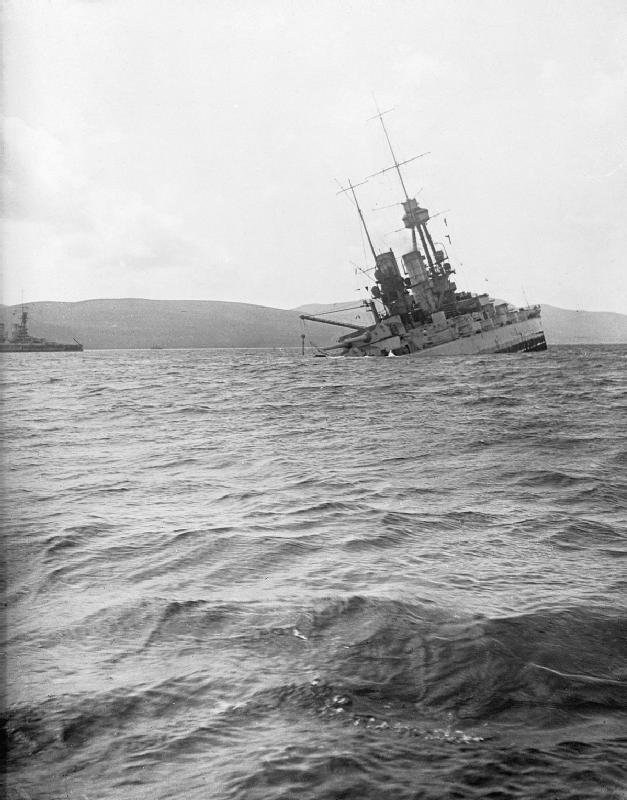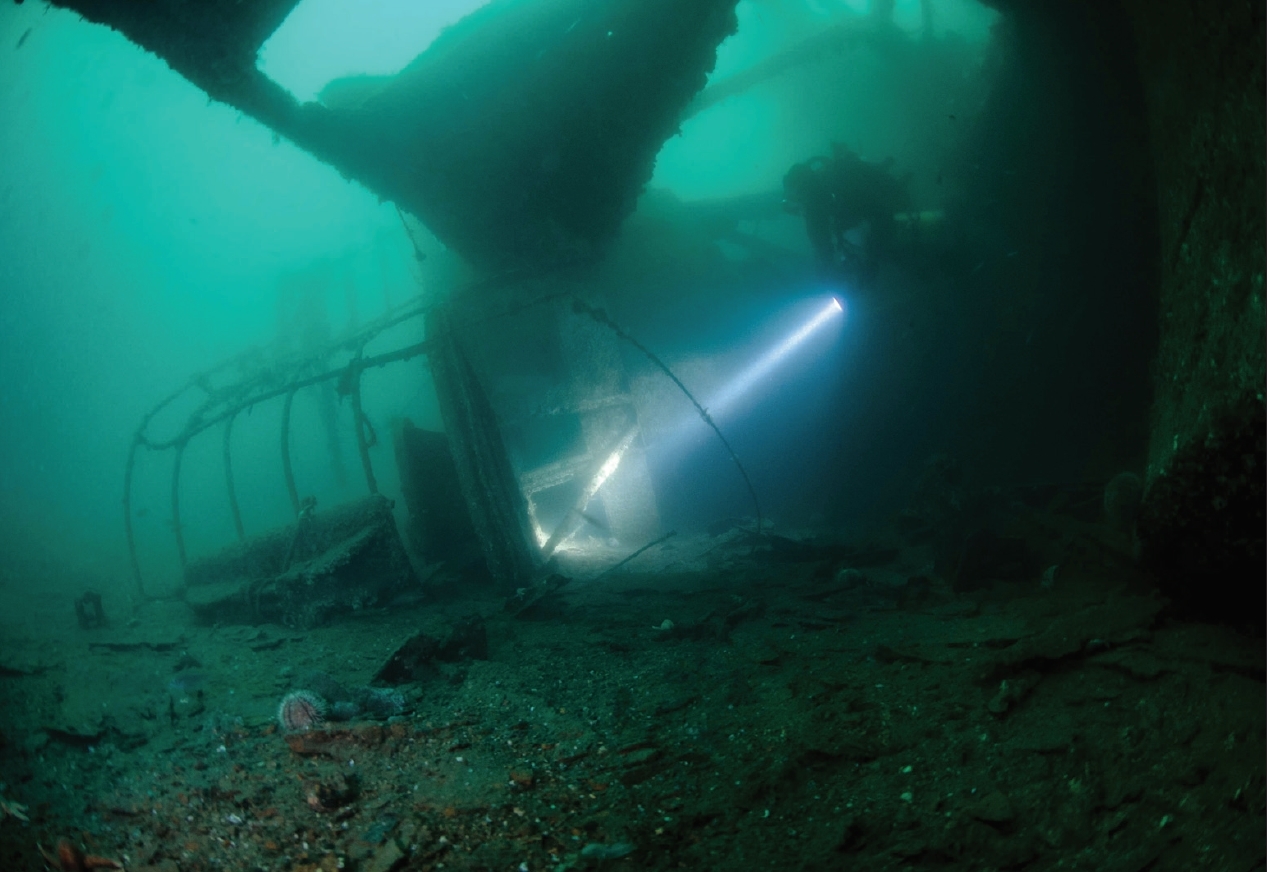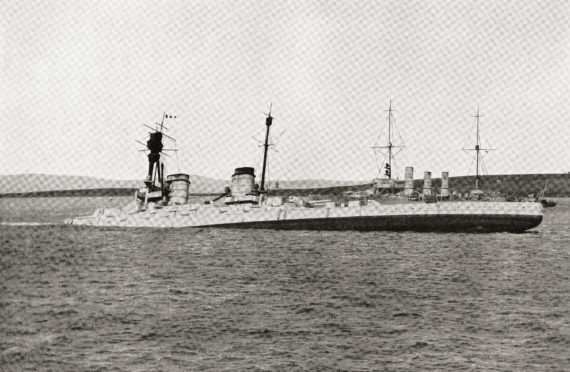
Described as the “greatest act of naval suicide the world has ever seen”, the Scapa Flow scuttling took place on this day 100 years ago.
In an move which led to the single largest loss of warships in history, German Rear Admiral Ludwig von Reuter gave the order to his men to sink their own ships.
Fighting in the Great War had ended around seven months prior, with both sides locked in talks that would eventually lead to the Treaty of Versailles and the conflict’s formal end.
The talks were due to end on June 21 and German warships, which had been escorted to the Scapa Flow British naval base in the Orkney Islands, were being held while it was decided what was to be done with them.
Britain and the US favoured their destruction, while France and Italy felt they should be shared out among the Allied forces.
The talks were extended – but the lengthening of the deadline wasn’t communicated to the commander of the German naval forces.
When British ships were on the move again, heading out on training exercise, Reuter thought the talks had collapsed.
At 11:20am, he gave the signal for a mass scuttling in order to stop the opposition taking control of the fleet; the advanced weaponry falling into the enemy’s hands.
Using semaphore and light signals the coded order “Paragraph Eleven; confirm” was given.
Sailors frantically headed below deck and opened valves to allow water to flood the decks, aiming to tip the ship over and plunge it into the murky depths beyond repair.
52 of the 74 ships were sunk, with most of the sailors making it to shore on small boats and liferafts.
British troops opened fire on the German sailors as they headed ashore, with nine men losing their lives in the incident.
They were the final victims of the First World War – the Treaty of Versailles was eventually signed a week later.
Today, the underwater graveyard attracts thousands of tourists to Orkney.
Formerly the UK’s chief naval base, Scapa Flow closed in 1956.
Most of the ships were raised from the seabed in the 1920s and 30s, but eight remain.
Many of the once proud fleet are now succumbing to the ravages of time, with parts turning to dust or eroding completely.
The intrigue, however, remains with new discoveries still being made thanks to the work of divers with new technology.
As well as the German ships below the waves, Scapa Flow also contains two British war graves.
The wreck of HMS Royal Oak, torpedoed at the beginning of WWII, and HMS Vanguard, which exploded in a 1917 accident, are both off limits to divers.

Enjoy the convenience of having The Sunday Post delivered as a digital ePaper straight to your smartphone, tablet or computer.
Subscribe for only £5.49 a month and enjoy all the benefits of the printed paper as a digital replica.
Subscribe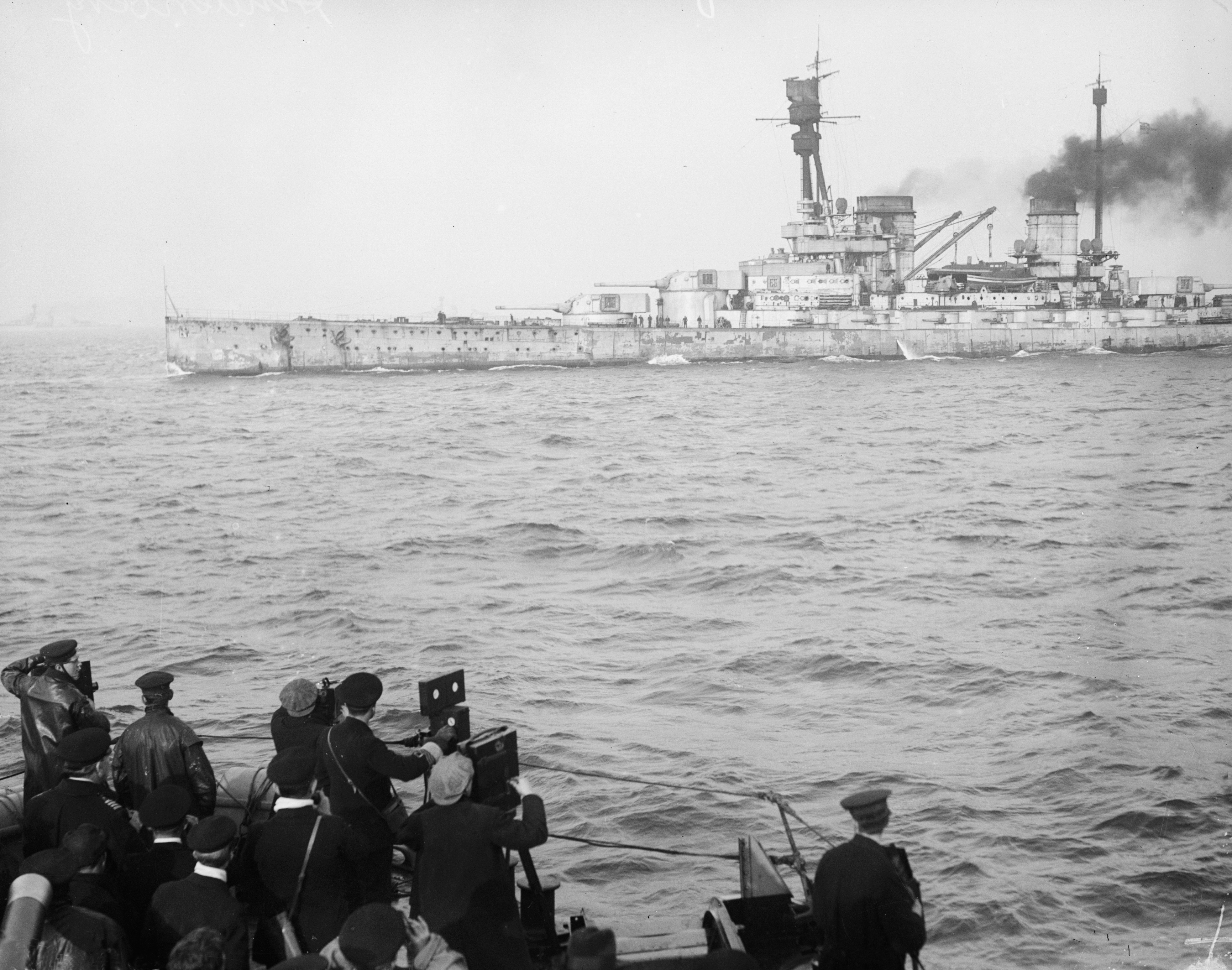 © A. R. Coster/Topical Press Agency/Getty Images
© A. R. Coster/Topical Press Agency/Getty Images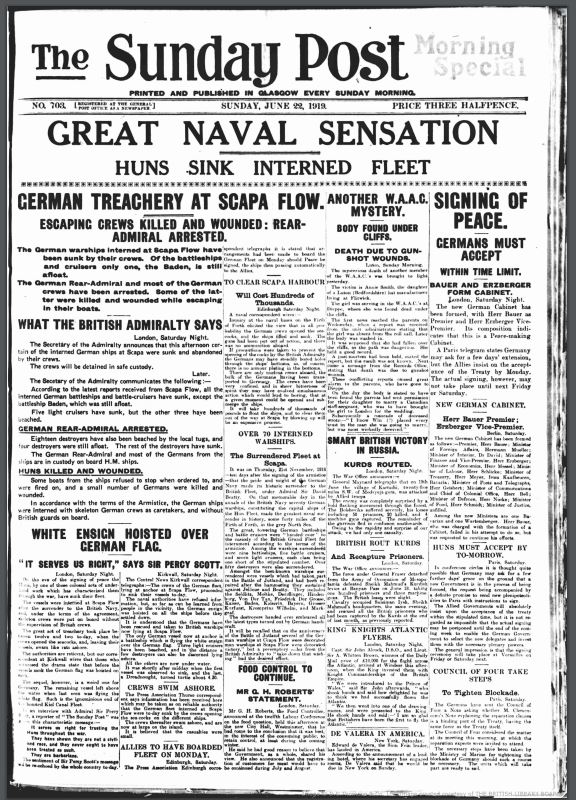
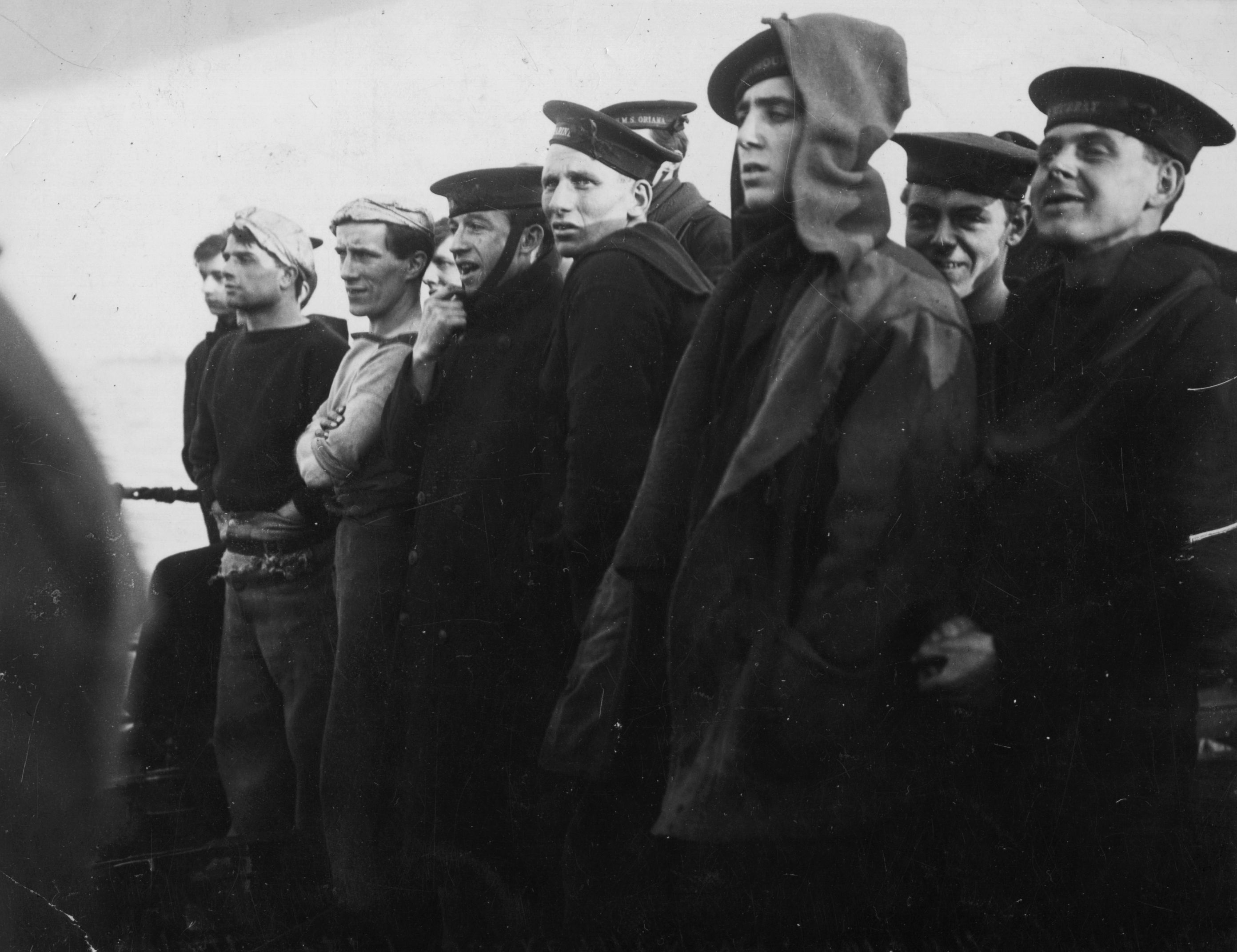 © Topical Press Agency/Getty Images
© Topical Press Agency/Getty Images